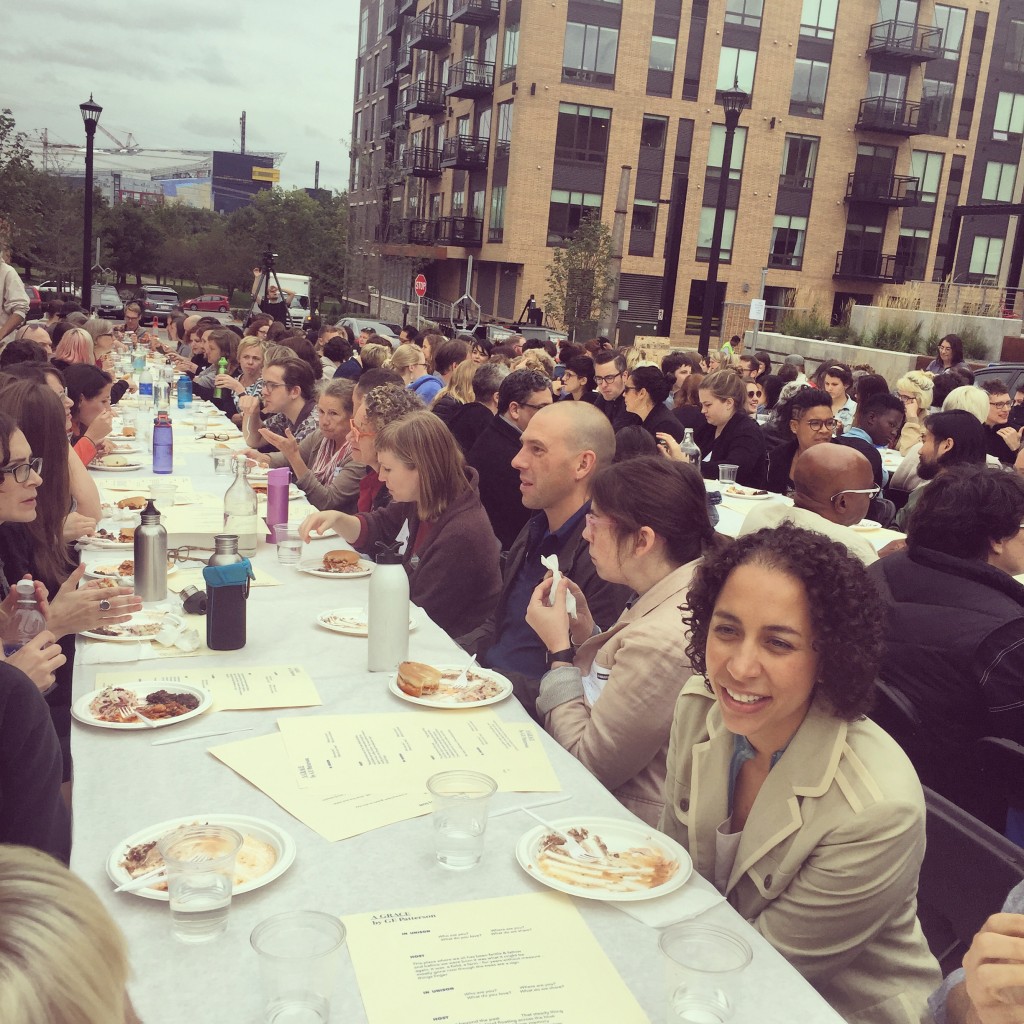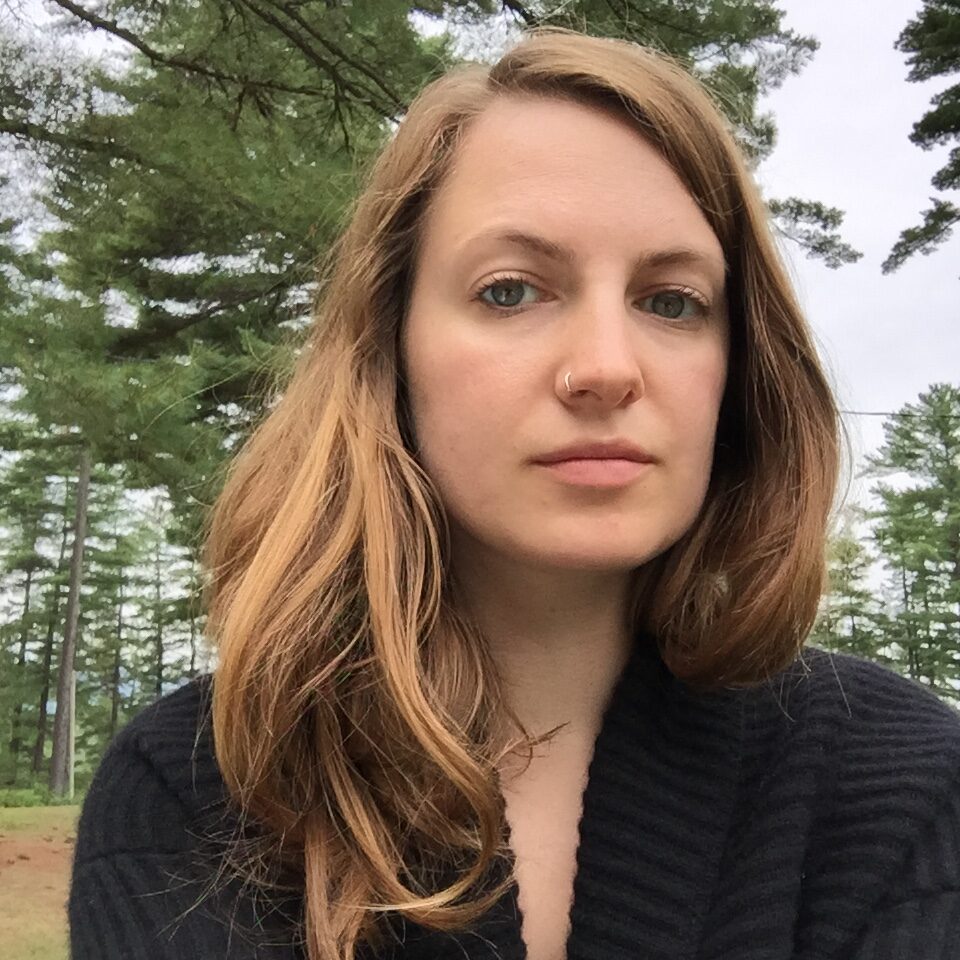by Jenna Crowder
Common Field, a network of experimental, non-commercial, contemporary visual arts organizations and organizers, recently held their third semi-annual convening, Hand In Glove 2015, at the Soap Factory in Minneapolis, Minnesota. The conference, hosted by Common Field and Works Progress, gathered over 350 arts organizers from across the United States for workshops, panel discussions, “artist-designed dinner gatherings”, and art-space tours across the Twin Cities. I, along with a small contingent of other Portlanders (Elise Pepple; storyteller, Hear Tell, Portland Brick, and SPACE Gallery; John Sundling, artist, Institute for American Art; and Nat May, SPACE Gallery) flew out to Minneapolis to ask ourselves and the attendees: what is our common field?
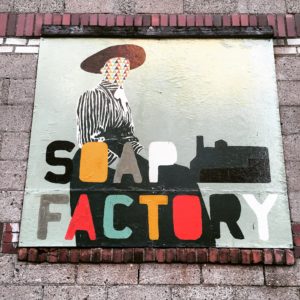
In fact, a panel discussion by the same name opened the conference. Led by Elizabeth Chodos, of Ox-Bow School of Art and Artists’ Residency in Saugatuck, Michigan, and Portland’s own Nat May, both members of the Common Field leadership cabinet, we started with the foundation that there are people who can support us and who we can identify with that may be outside of our geography. Community (loosely defined for now) takes on many forms, and arts organizations — residencies, publications, galleries, etc. — can identify with each other through beliefs, like responsiveness, flexibility, inquiry, and support for vulnerable practices. These are fundamental areas critical to contributing to society and culture.
By naming and identifying not only how we can work together, but what our challenges are, the idea is that our commonalities — rather than our differences — will bolster and support practitioners in the field. Some of those specific challenges expressed by panelists included:
+ How do we find ways to disrupt inequitable systems and be more accessible?
+ How do we deal with the tensions, poetics, and relationships among people, work, and the grant proposal?
+ How can we create better systems of economic opportunity in addition to stipends and honorariums?
+ How do we dream big on a shoestring budget?
+ Can we challenge the traditional meaning of “region” and rethink contexts and connections within geographic proximity?
Easily the most poignant challenge echoed throughout the convening was how do we work within existing structures — or rebel against them — and attempt to remain flexible, responsive, and open? Specifically, these structures of privilege: gentrification, development, colonialism, and institutionalized and/or systemic oppressions that disfavor marginalized communities.
“When cities are plagued with blight, gentrification, and colonial scripts 1, how do we use artists?”
— Chaun Webster, Ancestry Books and Free Poet’s Press, Minneapolis
In finding a common field, we must, of course, define a common language. Tara Plath, in her assessment of Hand In Glove 2015, noted that, “Each panel attempted to carve out a vocabulary that would allow presenters and attendees to speak the same language. While not always successful in this endeavor, any conceivable failures or concessions were undeniably fruitful in the way the very process of searching for common ground prompted everyone present to investigate personal positions, biases, and ideologies.” I had to ask myself, for example, how do I define “place-making”?2 Is it a buzzword to use on grants or is it, as posited in the panel “Place, Race, Geography, and Power”, that “artists collude with this idea that there was nothing there before, or that what was there was worthless.”
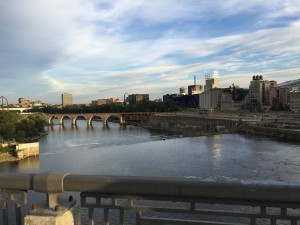
Defining place-making naturally leads straight into gentrification. Dylan AT Miner, a Wiisaakodewinini artist, anti-colonial intellectual, and Director of the American Indian Studies Program at Michigan State University, took us through the effects of gentrification as being the same as settler colonialization: the appropriation of someone else’s lands, removing names of meaning, and using imagery inappropriately. When Miner asked us all, “Who here identifies as a settler?” he was met with only a few hands; the previous question — “Who identifies as a gentrifier?” — asked by writer Shawn(ta) Smith-Cruz of Lesbian Herstory Archives, had many of us in the room lifting our palms. We were asked finally if anyone in the room (all 350+ of us) was a person of color who could pay their rent and expenses solely from their art practice. When not a single person raised a hand in affirmation, we were somberly forced to recognize, head-on, these oppressive structures that at least some in the room have also been fighting.
A later panel, “Aesthetics, Relevancy, and Social Context”, drove this point home when Invincible (aka ill weaver), of Complex Movements in Detroit, expressed dismay at Detroit constantly being used as a metaphor, erasing long legacies of creative communities: black communities in particular. When the New York Times, for example, focuses on white newcomers and revitalization, it actually tells the story of economic oppression of communities that have lived there for decades. Taylor Renee Aldridge, co-editor of arts.black (also based in Detroit), said a similar thing in the “Creating Discourse, Connecting Communities” panel: “It needs to be acknowledged that people in Detroit have been on the ground working this whole time.”34
One person’s utopia is another person’s hell.
— Sam Gould, Red76, Minneapolis
Ultimately, the convergence made me think about what’s at stake in my work: as someone who has a fairly varied practice, but generally works collaboratively, the understanding that context, relevance, and people, most of all, matter, has to be at the center. The work needs to be genuine.5
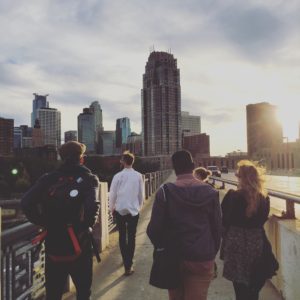
As The Chart releases its second issue, here are my own challenges to add to the list:
+ How do I honestly address conflicts between my ideal belief systems and the practical application/execution of them within my practice?
+ How can I craft an invitation to writers, contributors, and critics that welcomes all points of views, particularly those that are beyond my own experiences, privilege, and geography?
And this last one, which came directly from the “What is Our Common Field” panel:
+ What places in my work lack the most equity? What am I doing to resolve this?
I’m working on my approaches and solutions to these. If you find that you share these challenges, or have ideas on how to tackle them, get in touch, seriously. If the field belongs to all of us — and I’d say it does — it’s also our shared responsibility to take care of it.
- Colonial scripts, outlined by Chaun Webster at Hand in Glove 2015, can be defined as visions of a place, neighborhood, or city, that are encoded with perceptions of history, economy, crime (or lack thereof), etc. For instance, the perception that a certain neighborhood is “bad”, a part of town is “desirable”, or a city is being “revitalized”. ↩
- Mona Smith, of Healing Place Collaborative in Minneapolis/St.Paul, defines “place-making” as “place-taking”, and looks at it as appropriation. All work should begin with a recognition and honoring of history and tradition, she says, not erasure. ↩
- The problem, cited by arts.black: Carl Swanson, “9 Artists on Why They Live in Detroit”, Vulture (January 2, 2015): http://www.vulture.com/2015/01/9-artists-on-why-they-live-in-detroit.html ↩
- arts.black’s response: Taylor Aldridge, artsdotblack (January 28, 2015): http://artsdotblack.tumblr.com/post/109404872850/you-cant-sit-with-us-new-detroit ↩
- A sentiment shared/proposed by all members of the “Aesthetics, Relevancy, and Social Context” panel: Tricia Khutoretsky, curator and co-director of Public Functionary, Minneapolis; Rosten Woo, artist, designer, and educator from Los Angeles; and ill weaver, Sage Crump, and Wesley Taylor of Complex Movements in Detroit. ↩
Jenna Crowder, Co-Founding Editor at The Chart, is an artist, writer, and editor. Her writing has been published in The Brooklyn Rail, Art Papers, BURNAWAY, Temporary Art Review, The Rib, Liminalities: A Journal of Performance Studies, and VICE Creators Project, among other places.

